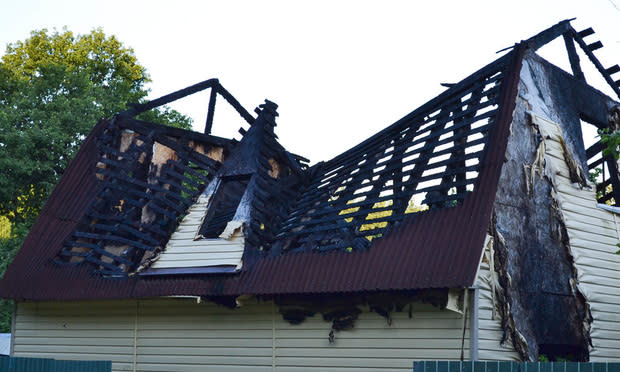4th Circuit Case on Blended Rate Is Lesson in Record-Keeping

Credit: Shutterstock.com
A recent U.S. Court of Appeals for the Fourth Circuit decision concerning the Fair Labor Standards Act and overtime pay has employment law experts saying this is a cautionary tale for companies trying to pay their employees at a blended rate.
The appellate panel held earlier this month that Fire & Safety Investigation Consulting Services LLC and its owner, Christopher Harris, did not keep adequate records and violated the FLSA by failing to pay overtime to certain employees in Pennsylvania and West Virginia. The U.S. Department of Labor had filed suit in February 2017 against Fire & Safety over the allegations as the U.S. District Court for the Northern District of West Virginia ordered Fire & Safety last May to pay back wages and damages totaling $1.6 million.
Fire & Safety did not immediately respond to a request for comment. The company was represented by Joseph Lawrence Amos Jr. of Miller & Amos in Charleston, West Virginia. Amos did not respond to a request for comment. The Labor Department did not respond to a request for comment.
Debra Steiner Friedman, a member at Cozen O’Connor in Philadelphia, said she believes the panel made the correct decision.
“I believe that the court correctly applied the law and I believe it’s a lesson for employers,” Friedman said.
Generally, employers are looking for the easiest way to administer their payroll, Friedman said, and if they believe there is a way for easier administration, they may be tempted to have a blended kind of compensation.
“Here the idea of saying we’re going to pay you a fixed rate for a fixed number of hours is totally appropriate as long as that fixed rate is based on the number of straight time hours and the number of overtime hours worked,” Friedman said.
Friedman said that kind of payment goes astray for situations where it is not a fixed number of hours.
“They were trying to, in my opinion, use a shortcut,” Friedman said.
Charles McDonald, a shareholder at Ogletree, Deakins, Nash, Smoak & Stewart in Greenville, South Carolina, said anytime an employer tries to incorporate a regular rate and an overtime rate into a fixed amount of pay for hours worked, the employer needs to be careful.
“They are in essence saying, ‘This is the hourly rate and this is the overtime rate.’ And if they do something inconsistent with that, the Department of Labor is going to say, ‘No, that wasn’t really the regular rate, the true regular rate is the total of wages divided by the number of hours worked.’”
McDonald said companies can pay a fixed rate that includes both overtime and fixed time, but they have to be clear on what the rate is.
“It has to be spelled out and then you have to actually follow those figures when people work less than what the fixed amount is supposed to cover,” McDonald said. "If you don’t, the Department of Labor will say it’s all a sham and the real hourly rate or the regular rate is whatever the blended rate is.”
The case is also a lesson in proper record-keeping.
“Part of the problem here is that the employer wasn’t keeping proper records,” Friedman explained. "For these employees you need to keep records for the number of hours worked per day and per week.”


